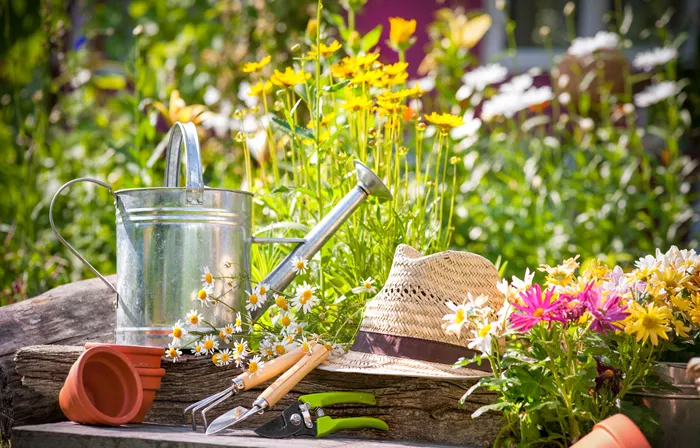As the final frost of spring fades, April becomes the perfect month to plant flowers that will bloom spectacularly in the summer. This early planting ensures your garden flourishes later, rewarding your patience with vibrant, long-lasting blossoms.
For most of the United States, April marks the end of the frost season, making it the ideal time to begin planting outdoors. By choosing the right flowers to plant now, you can enjoy a breathtaking garden all summer long.
If you’re hoping for an eye-catching display of colors, consider planting coral bells, snapdragons, black-eyed Susans, and calendulas as soon as your region’s last frost passes. Depending on where you live, this could vary, but April’s moderate temperatures signal a safe time for planting. Let’s explore how to build a flower bed that will bloom beautifully throughout the summer.
Coral bells, also known as Heuchera, are a great choice for adding dimension to your garden. These plants, native to the U.S., come in various species with colorful foliage, including shades of green, orange, yellow, and burgundy.
Their flowers, which bloom in hues of red, pink, or white, attract pollinators and add charm. Coral bells thrive as evergreen or semi-evergreen groundcovers and can grow in zones 3 to 9. To enjoy summer blooms, select varieties like Heuchera sanguinea, Heuchera richardsonii, or Heuchera villosa. While H. sanguinea and H. richardsonii bloom in late spring to early summer, H. villosa brings color later in the season, blooming in late summer and fall.
Another great option for height and drama are snapdragons. These unique flowers, named for their resemblance to a dragon’s mouth, bloom on tall stalks and come in a wide range of colors, including pink, lavender, white, and orange.
Although typically grown as annuals, snapdragons are frost-tolerant and can thrive in cooler temperatures. Native to the Mediterranean and southwestern Europe, they are hardy from zones 7 through 10 without protection and can grow in zone 5 with proper care. To ensure healthy growth, plant snapdragons in well-draining soil and deadhead spent flowers to encourage continuous blooming.
Black-eyed Susans (Rudbeckia hirta), also known as gloriosa daisies, are an excellent choice for adding cheerful, bright blooms to your summer garden. These flowers, with their golden-yellow or orange petals and dark centers, bloom from May to October, depending on your location. Hardy in zones 3 through 8, they are well-suited for hot, sunny spots and provide nectar for pollinators.
In addition to their aesthetic appeal, black-eyed Susans are also beneficial for local wildlife, as birds feed on the seeds left after the flowers have bloomed. These flowers are also self-seeding, meaning they may return year after year if the conditions are right. Plant them in full sun and well-drained soil for the best results.
Calendulas, or pot marigolds, are another easy-to-grow flower that can be planted in April for a burst of color later in the season. These edible flowers, native to the Mediterranean, thrive in zones 2 through 11 and are popular in both flower and vegetable gardens. Calendulas are known for their vibrant orange and yellow blooms, which resemble daisies.
They grow quickly, making them ideal for adding fast color to your garden. To extend their bloom time, remove spent flowers through deadheading. Calendulas thrive in well-drained soil and enjoy the same growing conditions as snapdragons, so consider planting them together for a continuous show of color.
By planting these flowers in April, you’ll set the stage for a garden that will be the talk of the neighborhood all summer long. Whether you’re looking to add height, color, or pollinator-friendly blooms, these plants offer something for every gardener. Happy planting!


